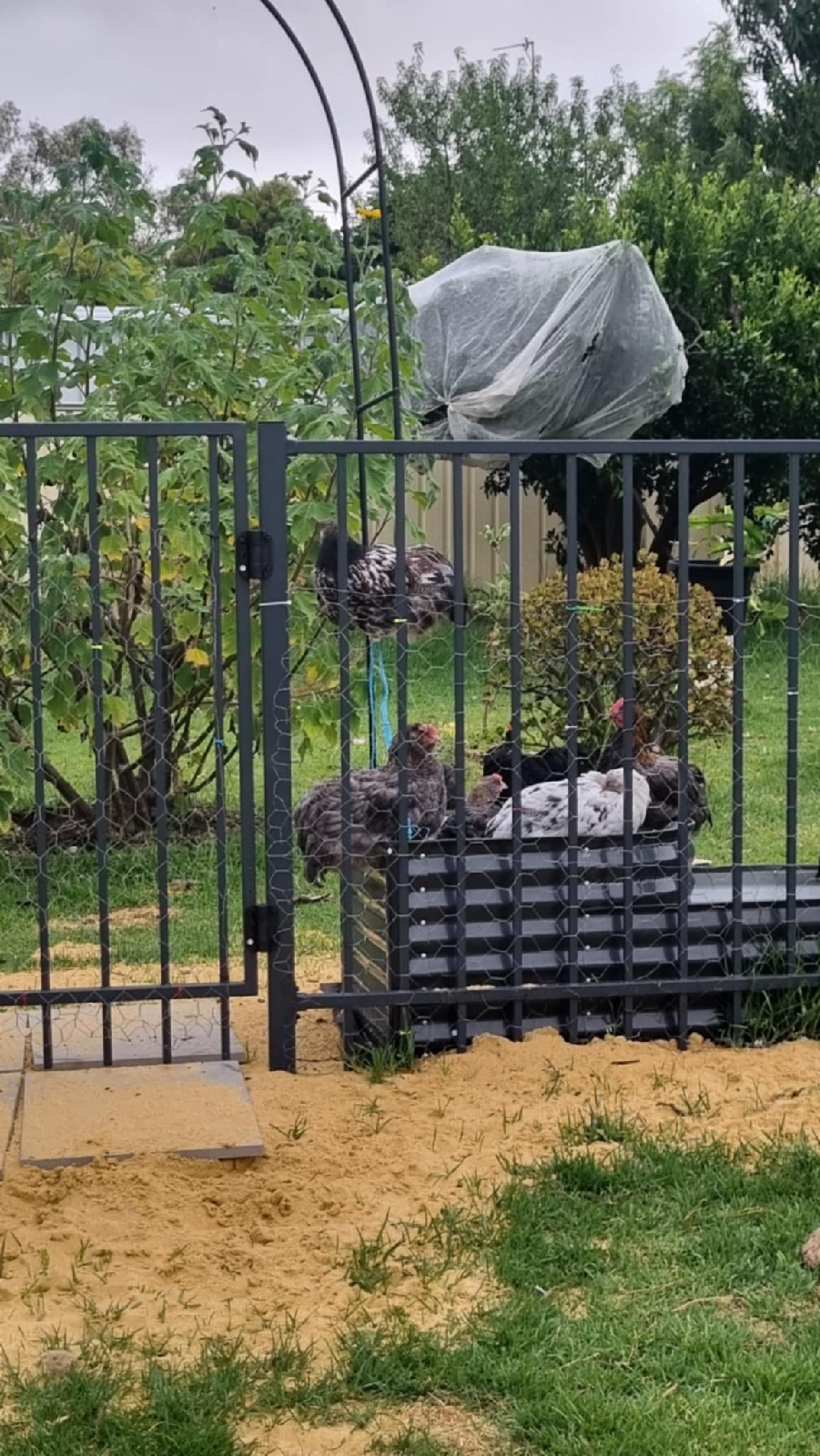Solarium tuberosum, The Humble Potato
Somewhere about 7,000 to 10,000 years ago, man began domesticating the humble potato. Originally cultivated in the Andes by the Incas, in 1536 the Spanish Conquistadors took them back to Europe, and, well, here we are today.






Potatoes are an annual plant belonging to the nightshade family that produce starchy, edible tubers, that, well, are just delicious!
Depending on variety, potatoes vary massively, their skins being brownish-white to deep purple, and their flesh white to yellow to purple.
They have a wide range of uses in the kitchen; boiling, mash, roasting, soups, stews, baking and much more.
But what are some good varieties and what are they good for?
. Sebago
Yellow skin with creamy white flesh.
Oval shape.
Suitable for boiling, mash, baked, roasted and chips.
. Dutch Cream
Yellow skin with yellow flesh.
Long oval shape.
Suitable for mash, boiling, roasted and puree.
. Royal Blue
Purple skin with yellow flesh.
Long oval shape.
Suitable for boiling, mash, baked and chips.
. Ruby Lou
Pink skin with creamy white flesh.
Medium round shape.
Suitable for mash, boiling, baked, roasted and fried.
. Desiree
Pink skin with yellow flesh.
Round shape.
Suitable for boiling, mash, baked and salads.
. Kipfler
Yellow skin with yellow flesh.
Fingerling shape.
Suitable for salads, steaming and baked.
When you're sourcing your seed potatoes, you can potentially use the ones from your pantry, but it's much better to get certified seed potatoes and minimise your chance of disease.
So how do we grow these tasty tubers?
There are a number of ways, but which ever you choose be aware it takes roughly 90 to 120 days (frost free). So pick somewhere you can leave them, and plant once the last frost has passed.
Options of where to grow:
. Grow bags
. In the ground
. Plastic bins
. Large plastic pots
. Hessian bags
What ever you choose, you want to have easy access to the tubers below, or be able to tip them out. You also need to have room to build up the soil or organic matter around the plant as they grow, this will encourage more root growth and provide support as the plant grows.
Potatoes like a nice rich soil, full of lovely organic matter and tasty nutrients. There are a number of ways to boost this, especially if, like me, you have sand for soil. Potato-e is a fantastic fertiliser designed for potatoes. Poultry manure, especially with a bit of straw in it does quite nicely too. You can add compost; homemade or store bought, I like mushroom compost personally as I find my plants take off better and develop better an healthier roots.
Ensure the soil your using is also well draining , if not you could end up rotting you seeds and plants. Choose a good quality potting mix if palnting in containers or add a touch of sand or perlite if your ground is claggy, clay or dense.
They also enjoy a sunny spot!
As mentioned before, as the plant grows, you build up the material around them. This is not required with all potatoes. There are two main groups; indeterminate and determinate. Indeterminate potatoes produce along their stems, which means we need to cover the stem as it grows, which in turn produces bumper crops. Where as determinate potatoes grow to one set height and produce without the need to cover the growing stem.
Ag good easy way to do this is by using straw/ hay or more soil.
Remember though, you need to rotate the areas that you grow them, you should not grow potatoes in an area that has been used anytime previously in the last three years.
Here in Australia our growing season can Starr from March in warmer climates and July in cooler regions, this stret he's through to August. As a general rule of thumb, plant one 'seed' every 30 to 50cm , at about 10 to 15cm deep.
When can we harvest them, how do we know they'll be ready?
Being an annual, the plant you see on the too will eventually flower (DO NOT eat the berries!), the plant will then yellow and begin to die down. This is when we harvest.
To make sure we can get the most of our 'seeds' water and fertilise regularly, they are fond of a bit of potash and blood and bone.
Remember: Do not eat green or partially green potatoes as the can be poisonous!
Happy planting.








Comments
Post a Comment